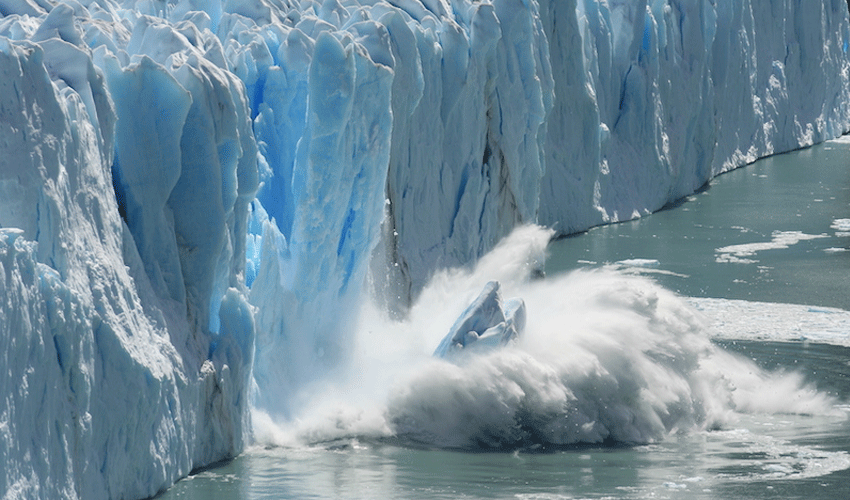As Gilgit-Baltistan experiences an intense heatwave, glacial melting speeds up.

Gilgit-Baltistan, which is renowned for its expansive glaciers and tall peaks, is currently experiencing an unprecedented heatwave, raising concerns about rapid glacial melt and serious environmental harm in the area.
This summer is the worst on record for the area, which has more than 7,000 large natural glaciers—more than any other place outside the polar zones.
The Gilgit-Baltistan Environment Department reports that there was no snowfall in the region during the winter and that the dry spell has persisted into the summer, with no rain falling in June or July.
Khadim Hussain Nogami, director of the environment department, voiced concern about the shifting weather patterns.
This winter, the snowfall peak season never materialized. We are currently experiencing a similar circumstance—no rain at all—in the midst of summer. “This change is concerning,” he remarked.
The climate norms of Gilgit-Baltistan are markedly deviated from by this extreme weather. Long-standing records were broken last winter when temperatures fell well below freezing.
On the other hand, temperatures in some places have risen to an all-time high of 48.5°C this summer.
According to Nogami, the heatwave has lasted for more than six weeks. The temperature has not only increased in the lower belts, but it is also higher than usual in the upper mountainous areas. More frequent avalanches and faster glacial melt are the results of this.
According to environmental experts, glacial lake outburst floods (GLOFs) could be caused by the ongoing warming, which would be extremely dangerous for infrastructure, agriculture, and nearby communities.
Because of its location and significant reliance on natural resources, Gilgit-Baltistan is already regarded as one of Pakistan’s most climate-vulnerable regions.
This change in climate is having an effect on many different sectors. The tourism sector, a significant source of revenue for the local population, is facing pressure, as is agriculture, which is largely reliant on glacial water.